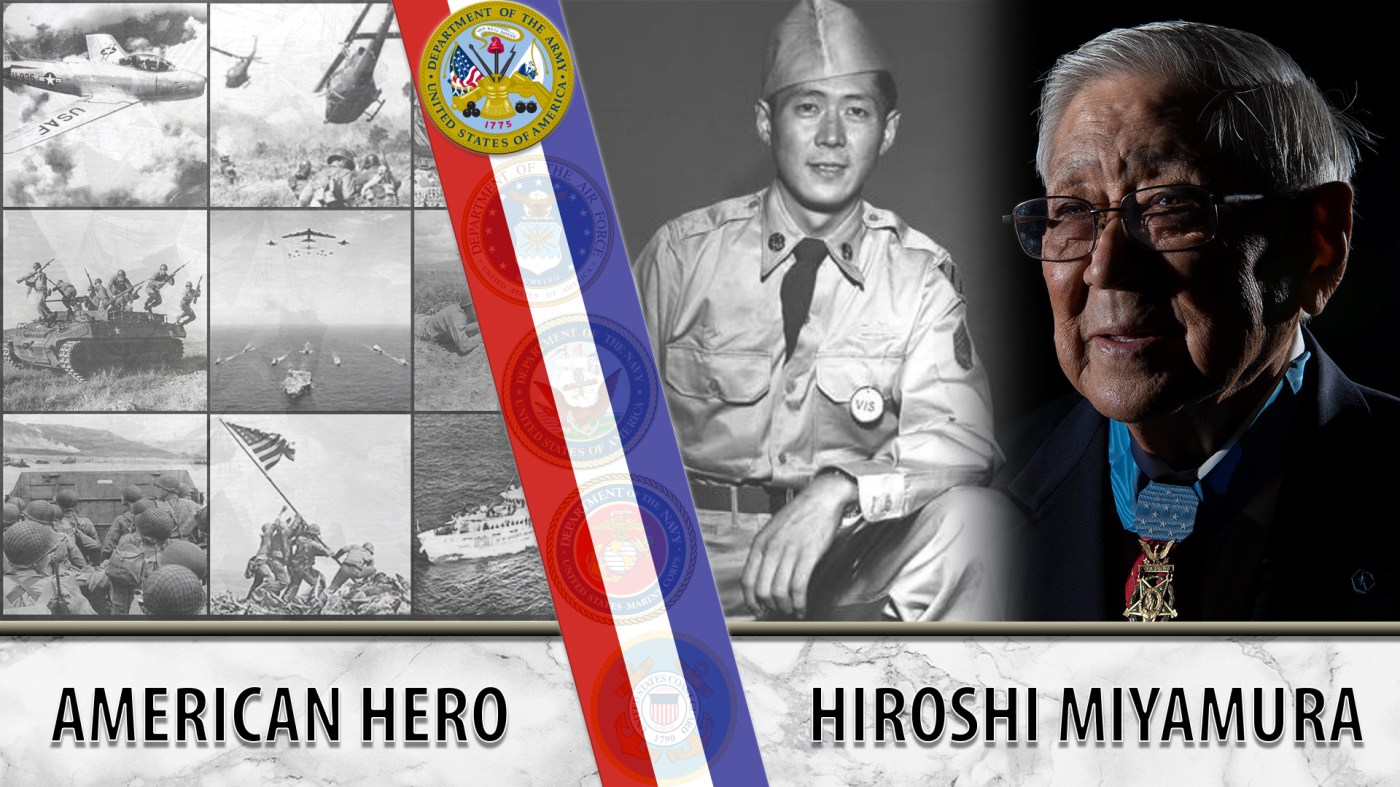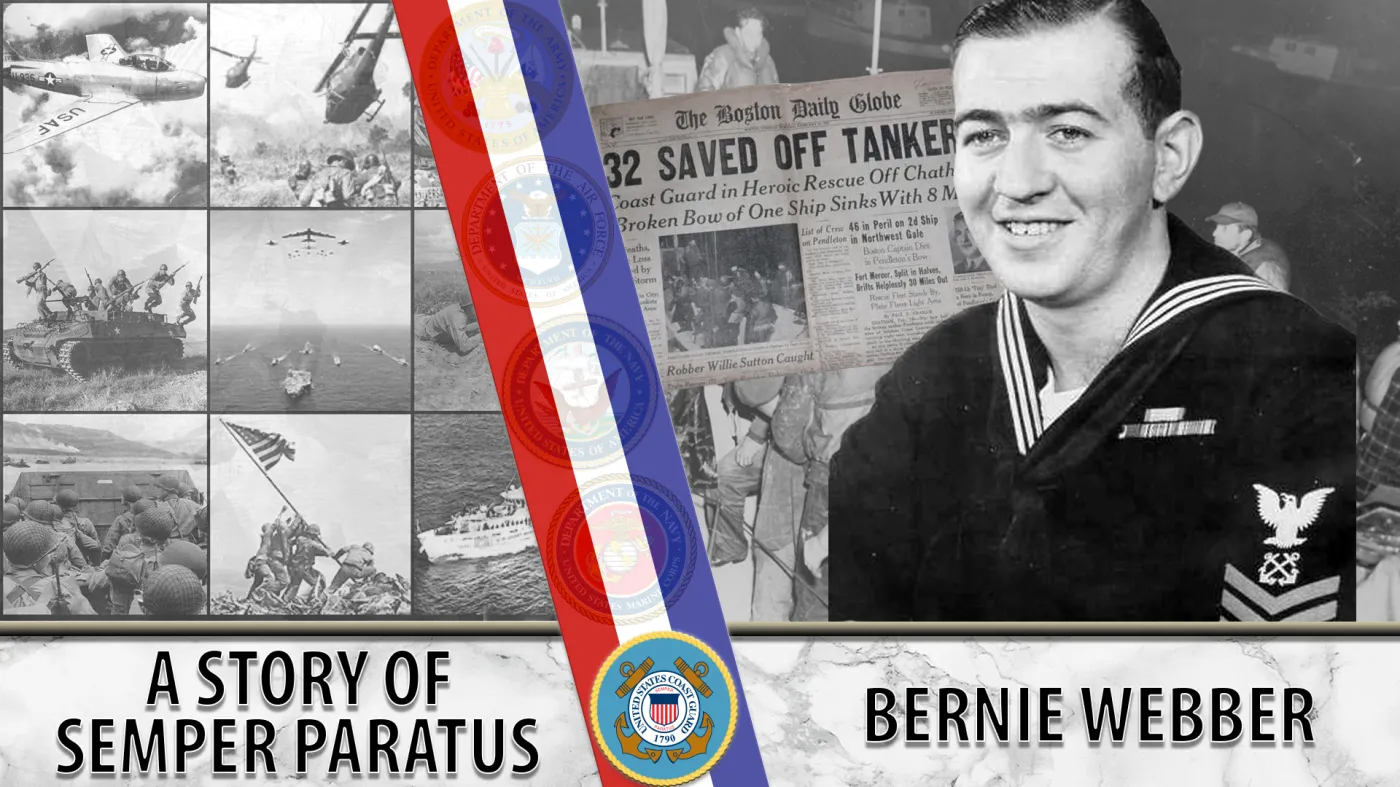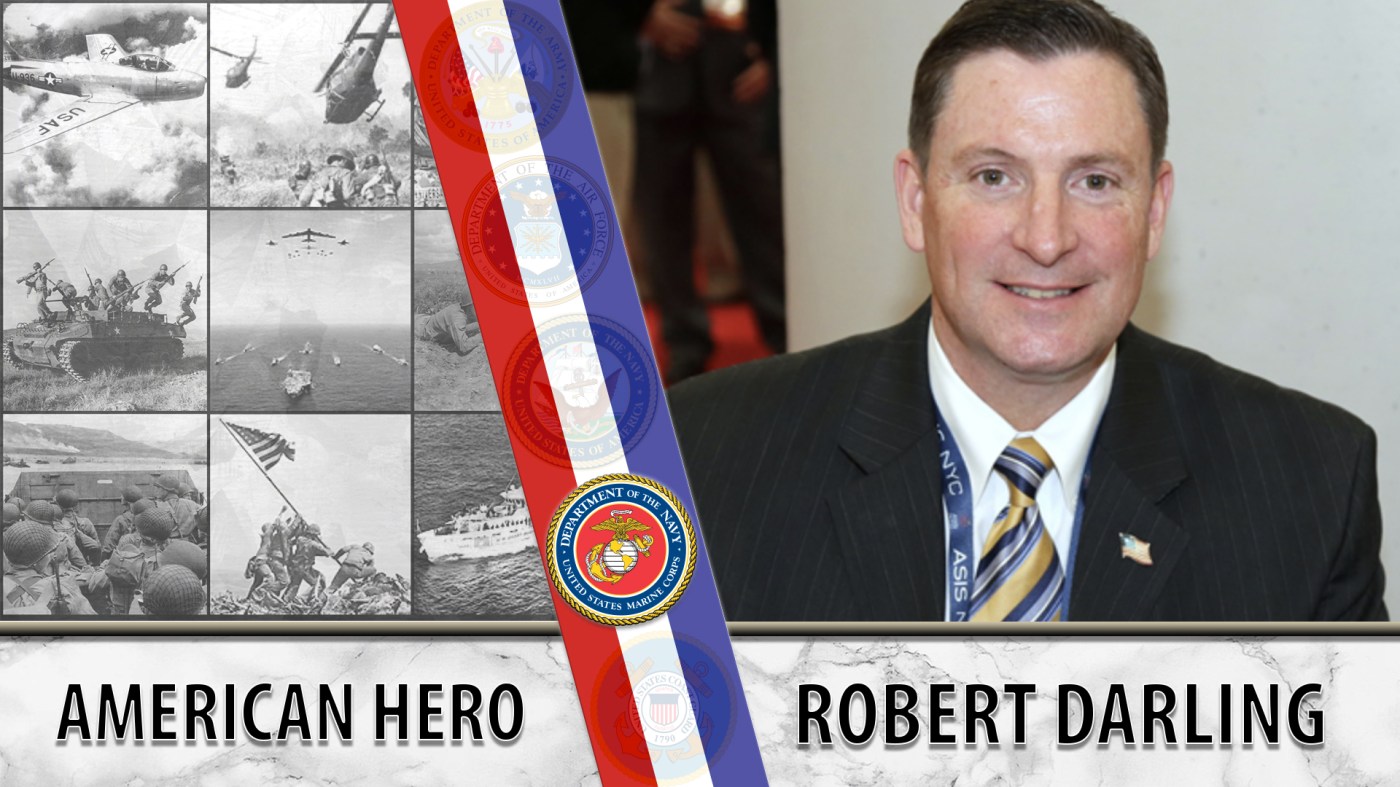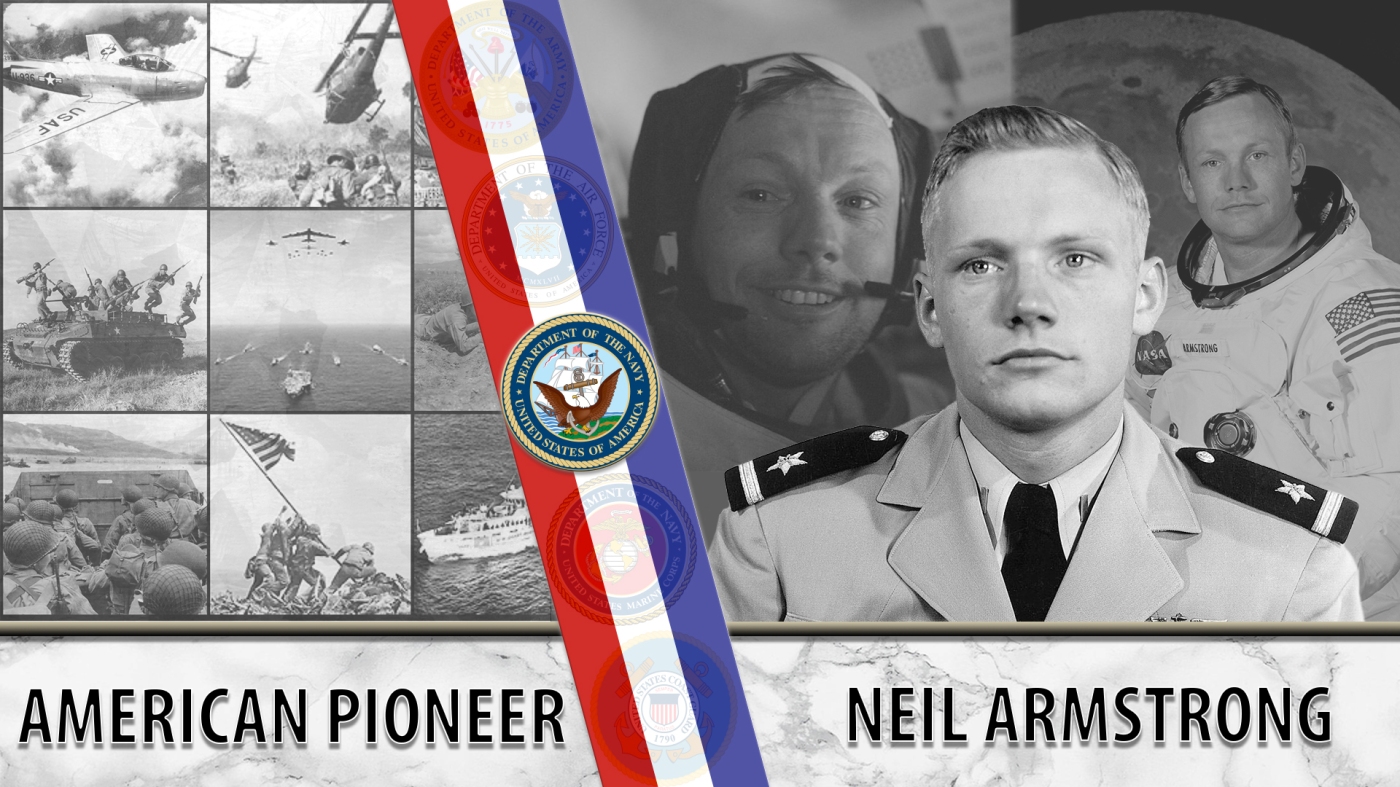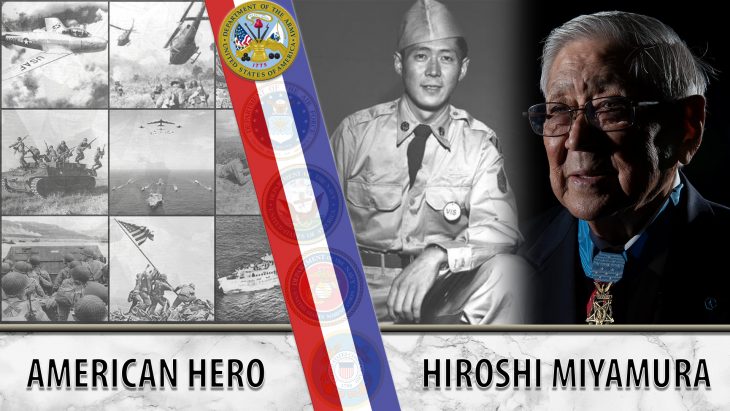
Army Veteran Hiroshi Miyamura is the second Japanese American to receive the Medal of Honor. His award was classified by the Army for 28 months while Miyamura was held by North Korean forces as a prisoner of war during the Korean War.
When the United States entered World War II, Hiroshi “Hershey” Miyamura was eager to join the military, but he was denied, following Japan’s attack on Pearl Harbor. Born in Gallup, New Mexico, to Japanese immigrants, Miyamura was deemed ineligible to serve and given a 4C “enemy alien” status because of his ancestry. It was only in 1945 that the exclusionary policy placed on Japanese Americans was lifted. Immediately, Miyamura volunteered for the 442nd Infantry Regiment, which was composed entirely of second-generation Japanese Americans. However, five days before he was due to arrive in Italy, the war ended.
Miyamura returned home and married his sweetheart in June 1948, just before his enlistment in the U.S Army Reserve was to end. He decided to continue serving his country and was recalled to active duty following the start of the Korean War.
Miyamura served as a machine gun squad leader with Company H, 2nd Battalion, 7th Infantry Regiment, 3rd Infantry Division. Between April 24 and April 25, 1951, near Taejon-ni, Korea, Miyamura’s life would forever change.
Miyamura and his team were attacked by Chinese communist soldiers who threatened to overrun their position. Aware of the imminent danger he and his men were in, Miyamura jumped out of his position and wielded his bayonet in close hand-to-hand combat, killing 10 enemy soldiers. After returning to his shelter, he helped to administer first aid and evacuate the wounded and remaining soldiers. When another assault was directed at his squad, Miyamura again jumped out and manned his machine gun to push the enemy back. Ordering his men to withdraw, he continued to open fire on enemy troops until his ammunition was gone. He then bayoneted his way to a second machine gun to continue protecting the withdrawing soldiers until ammunition ran out.
Severely wounded, Miyamura crawled to safety, engaging only in hand-to-hand combat when necessary. By dawn, as hundreds of Chinese communist soldiers walked by, he hoped that he could avoid capture by playing dead. It didn’t work. Miyamura was captured by a Chinese officer and sent to a prisoner-of-war (POW) camp, never to see his men again. Miyamura struggled to survive in the North Korean POW camp and he watched many of his fellow soldiers die both at the hands of their captors and due to the poor conditions at the camp. He was subjected to torture and, since he was Japanese American, the North Korean soldiers tormented him even more. By the end, Miyamura had lost a little over 50 pounds due to dysentery.
Finally, on Aug. 23, 1953, after more than two years in the Chinese communist camp, Miyamura and 19 other POWs were released at Panmunjom and taken to the nearby Freedom Village. Clutching a canteen of ice cream and filled with nerves, Miyamura heard his name being announced. Gen. Ralph Osborne informed him that he had been awarded the Medal of Honor for his actions on the night of his capture.
While Miyamura was at the POW camp, no one in the United States knew what had happened to him because the Chinese forces did not immediately release his name. When they did, the U.S. government knew that the Medal of Honor citation they had placed under his name would have to be classified as top secret; if it had not, Gen. Ralph Osborne explained to the thin and shaken Miyamura, “You might not be here, alive today.” If Miyamura’s captors had found out about his citation and his actions before he was captured, he would not have made it out of the camp alive.
Two months later, on Oct. 27, 1953, Army Sgt. Miyamura received his Medal of Honor from President Dwight D. Eisenhower at the White House.
At age 94, Miyamura continues to share his story. Currently, he lives in Arizona with his daughter and has been occupying himself with his hobbies to get through the COVID-19 pandemic.
We honor his courageous service.
Writer: Elizabeth Jefimova
Editor: Katherine Berman
Fact Checkers: Ormina Naveed, Alexandria Davenport
Graphic Designer: Katie Rahill
Topics in this story
More Stories
Bernie Webber led one of the greatest Coast Guard rescues in history that was later chronicled in the book and movie, “The Finest Hours.”
As the events of 9/11 unfolded, Marine Veteran Robert Darling served as a liaison between the Pentagon and Vice President Dick Cheney in the underground bunker at the White House.
NASA astronaut Neil Armstrong was the first person to walk on the moon. He was also a seasoned Naval aviator.

